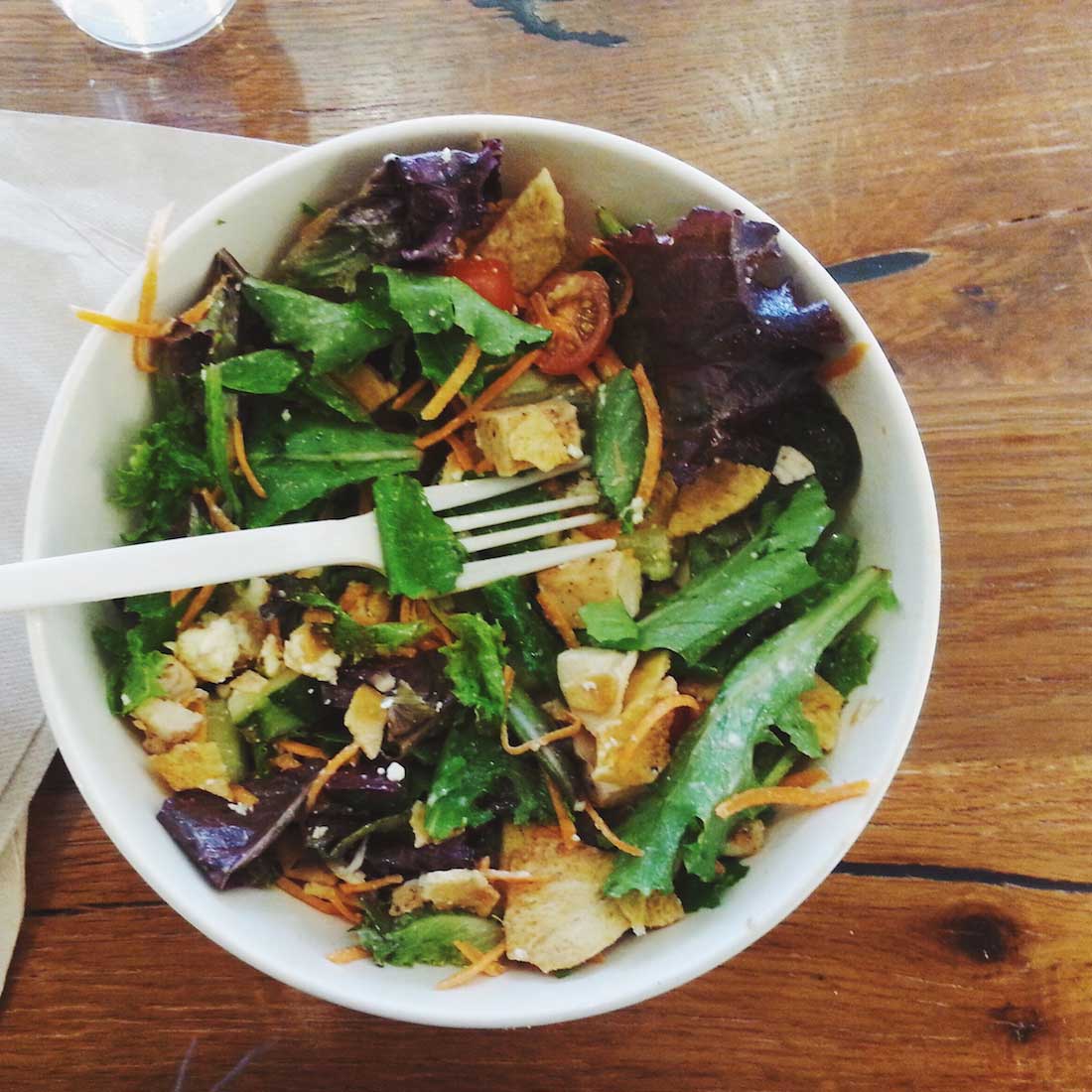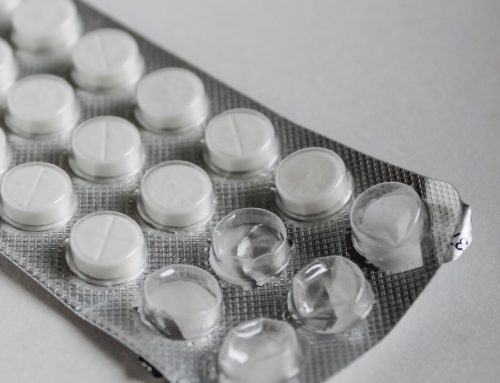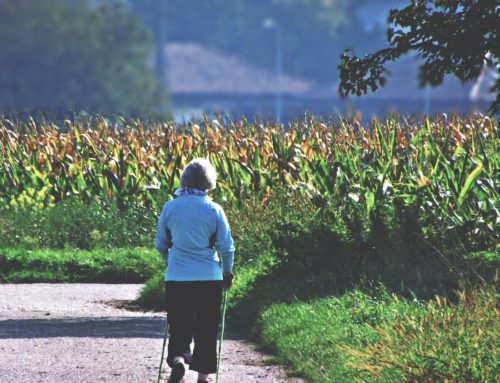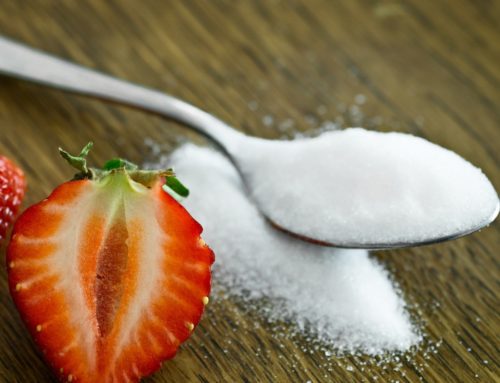Chances are what you’ve heard about detox could be wrong.
The detox methods most of the internet buzzes about are fads. Before the recent craze, medical professionals did detoxify the body. Here’s the difference: detox was only used for getting rid of immediate life-threatening drugs, alcohol, poison. Now there seems to be a new smoothie detox plan each week.
Your body has its own detox system. However, we expose ourselves to far more toxins than we should. They are in the processed foods we eat and in many of the household and personal care products we use. There have been 85,000 new chemicals introduced into the environment over the past 75 years. Here’s what you can do to remove toxins from your body.
Your Body’s Own Natural Detox System
Your body is a tremendously sophisticated system. It actually does quite a bit to get rid of the toxins in your body1.
The skin:
Here’s your body’s first line of defence against toxins. Your skin is constantly working to keep harmful substances out of your body. Imagine some paint dripping on your skin. Your skin prevents large particles from making it inside your body.
The nose and lungs:
The hairs in your nostrils keep dirt out of your airways. Even if finer particles make it into your lungs, much of it will be trapped in the mucus lining.
The immune system:
Your immune system constantly defends us against pathogens (things that will harm us).
The digestive system:
Your small intestine gets rid of parasites, harmful bacteria and viruses and pollutants in our foods. The tube that goes from our mouth right down to the anus is actually outside of the body and food has to absorbed through the barrier of the wall of the intestine in order to get inside our body where molecules can become part of our cells.
Does Your Morning Sound Like This?
Joanna wakes up to her alarm set right next to her pillow. She gets out of bed and goes to the bathroom. There, she brushes her teeth and takes a shower. In the shower, she cleans herself using body wash, shampoo, and conditioner. She dries herself with her fluffy towel. Then she puts on antiperspirant and her makeup. After leaving the bathroom, she goes to the kitchen, where she makes breakfast. She snacks on cereal while she fries herself an omelet. She eats her omelet on her favorite plate. It turns out that the omelet is too much for her, so she wraps it to take to work. While this may sound like an ordinary morning, Joanna has actually taken several risks during the first hour of her day. Some people will take exception to the way I refer to the “risks” that Joanna is exposed to. They may say that I am being overcautious, especially when I mention their favorite food additive or convenience product. It is more about the sheer frequency of these exposures than the absolute toxicity of any one, though some of them have long rap sheets. So what are the risks that Joanna has taken?
Being Careful vs. Overly Cautious
Joanna’s alarm is her smartphone, which she keeps right next to her pillow all night long. She keeps the smartphone’s Wi-Fi on, as well. This exposes her to electromagnetic radiation, which has been shown capable of penetrating the skull. Joanna’s trip to the bathroom exposes her to fluoride, nanoparticles and aspartame, all of which are found in her toothpaste. In the shower, she is exposed to chlorine from the water, and her body wash, shampoo, and conditioner contain parabens, formaldehyde, and hydroquinone. The fluffy towel she uses after her shower has been dried with dryer sheets that contain chloroform, benzyl acetate, pentane, and other toxics. In her antiperspirant, there is aluminum, and in her makeup there are phthalates, more parabens, and lead. Her cereal is made from genetically modified grains that are heavily sprayed with pesticides, and the nonorganic egg in her omelet is from a factory farm where chickens are fed similarly genetically modified grains. Additionally, the hens at the factory farm are inhumanely crowded, and the hens are frequently given antibiotics for the salmonella infection that thrives in those conditions. Her nonstick pan leaches chemicals into the food and the air. In fact, it leaches so many chemicals into the air that, if Joanna had a pet parakeet, the pan’s fumes could kill it. Her favorite plate is one of her grandmother’s antique dishes, and its glaze contains lead. When she wraps her leftover omelet in plastic wrap, the plastic leaches into her warm food.
What Studies Say About the Safety of Common Chemicals
According to the Environmental Protection Agency, only 7 percent of commonly used chemicals have complete safety data regarding toxicity, and almost half of common chemicals have no safety data2 at all. Nonetheless, companies are allowed to produce and expose us to these chemicals. Even health or environmental problems associated with a chemical are not enough to keep it from being distributed. Once a chemical is in the marketplace, banning it and containing damage done is an even harder battle. Many studies show exposure to chemicals still commonly used can cause reproductive damage, cancer, and other serious illness. These studies take into account only individual chemicals; almost nothing is known about how these chemicals react in combinations to affect our health. We are a chemistry experiment.
A 3 Day Detox Plan to Keep You Healthy
- Have a good diet. Eating unprocessed whole foods that came from farms instead of factories will help build your body’s immunity and stimulate its own detoxification pathways. Vegetables and fruits are best for this.
- Use household cleaners with chemicals that have proven to be safe. Keep in mind that half of all common chemicals have no safety data at all.
- Filter your water. Most sources of tap water contain traces of prescription drugs.
- Stay away from GMOs. This topic tends to generate controversy. There is not yet an absolute answer to whether GMOs are safe, but because most of the GMO products were designed to tolerate high doses of pesticides we should avoid them for that reason alone.
- Change our attitudes of seeing chemicals as safe until proven unsafe.
- Consult the Environmental Working Group website: www.ewg.org.
How do you avoid common chemicals? It’s not always easy. Share your thoughts with us in the comments.




